My Watch Collection
People assume that a watch collection is valuable and that collecting watches is for the rich and famous--the pezzinoavante, as Michael Corleone calls them in "The Godfather". It's not, most collections are modest and most collectors are ordinary people fascinated by these mechanical marvels.
My collection, for example, has very little resale value today. Maybe in a hundred years one or two of the more interesting watchs will have become "famous" and command collector prices, but not today.
So, if it's not the value, why do people collect watches. After all, in the final analysis watches all do the same thing--tell time. What makes one watch different from another? I pondered this for a while then created the following chart to break it down for myself.
My collection, for example, has very little resale value today. Maybe in a hundred years one or two of the more interesting watchs will have become "famous" and command collector prices, but not today.
So, if it's not the value, why do people collect watches. After all, in the final analysis watches all do the same thing--tell time. What makes one watch different from another? I pondered this for a while then created the following chart to break it down for myself.
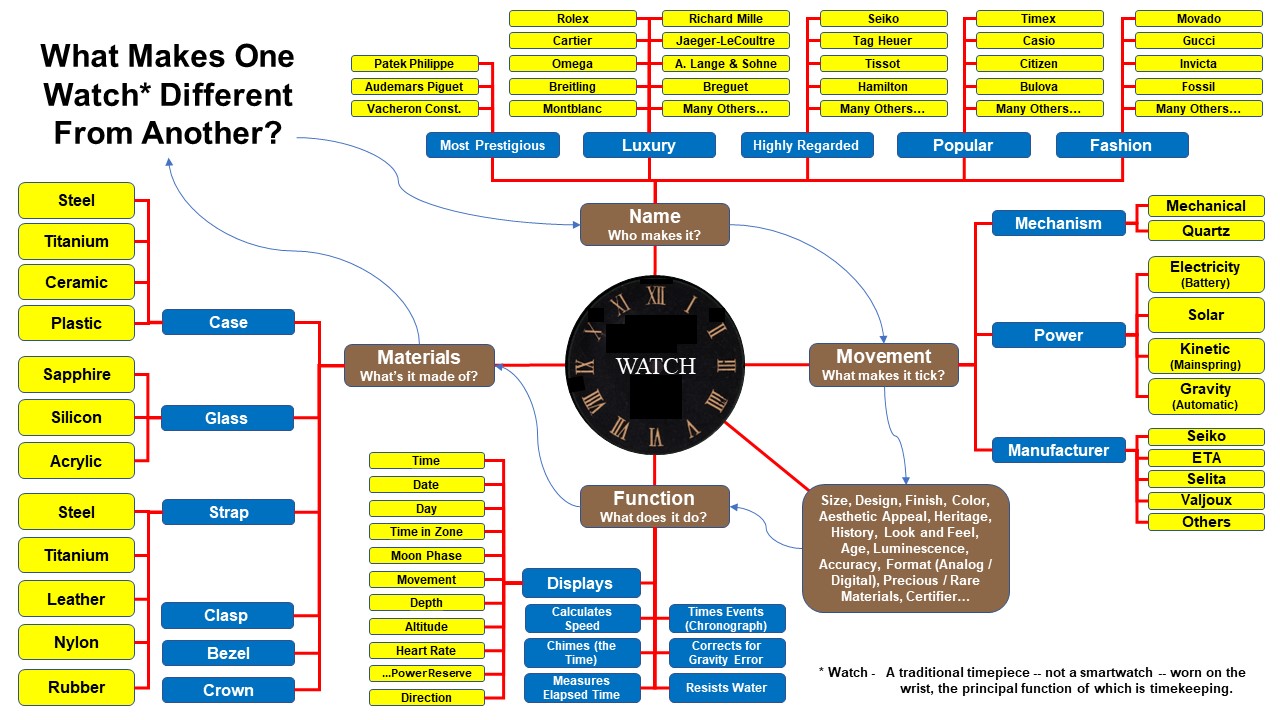
As you can see there's a lot more to it than telling time.
First, there's "name." At the top of the pyramid are the most prestigous brands like Patek Phillippe. At the bottom are "fashion" and "novelty" brands like Gucci and Fossil. No matter what they cost or how rare they are, these latter watches are dismissed by serious collectors.
Next, "movement," that is, the watches motor. These are divided into the mechanisms (quartz or mechanical), the power source (battery, solar...), and the manufacturer (e.g., Seiko).
Third, "function," that is, what does the watch do? Yes, they all tell time, but they can can do lots of other things (called complications), from displaying date, day, time zones, and air pressure to correcting for local difference in the earth's gravity.
Then there are the "materials," what it's made of. A stainless-steel watch case with a sapphire crystal and a titanium band is light, strong, costly, and accurate, while a plastic watch with an acrylic face and a rubber band is often heavy, fragile, inexpensive, and inaccurate.
Lastly, there's "eveerything else," all the "soft" features like size, design, finish, color, and history that further separate one watch from another,
Next, "movement," that is, the watches motor. These are divided into the mechanisms (quartz or mechanical), the power source (battery, solar...), and the manufacturer (e.g., Seiko).
Third, "function," that is, what does the watch do? Yes, they all tell time, but they can can do lots of other things (called complications), from displaying date, day, time zones, and air pressure to correcting for local difference in the earth's gravity.
Then there are the "materials," what it's made of. A stainless-steel watch case with a sapphire crystal and a titanium band is light, strong, costly, and accurate, while a plastic watch with an acrylic face and a rubber band is often heavy, fragile, inexpensive, and inaccurate.
Lastly, there's "eveerything else," all the "soft" features like size, design, finish, color, and history that further separate one watch from another,
BTW, while Apple might call their "wrist computer" a watch, most watch collectors would not.
More complicated than you thought, right? Which brings us back to collecting. Every collection needs a purpose or what I like to call a "theme." The theme of some collections is the brand like Rolex or Breitling, the theme of others is technology such as automatic movement watches or solar powered. The important thing is to have one and not just collect randomly..
My collection's theme is cost / purpose. I wanted to collect watches in groups of three where each group would contain a sports watch, a bang-around everyday watch (a banger), and a dress watch. The total cost of the watches in the three groups was to be: less than $500, $2,000, $8,000. This is a pretty standard way for a newbie like me, without a lot of knowledge, experience, or money to start collecting.
More complicated than you thought, right? Which brings us back to collecting. Every collection needs a purpose or what I like to call a "theme." The theme of some collections is the brand like Rolex or Breitling, the theme of others is technology such as automatic movement watches or solar powered. The important thing is to have one and not just collect randomly..
My collection's theme is cost / purpose. I wanted to collect watches in groups of three where each group would contain a sports watch, a bang-around everyday watch (a banger), and a dress watch. The total cost of the watches in the three groups was to be: less than $500, $2,000, $8,000. This is a pretty standard way for a newbie like me, without a lot of knowledge, experience, or money to start collecting.
Three Watches that together cost less than $500
The <$500 group was easy. I bought an indestructable Casio MW240 for $25 as my banger, a Glock made of "gun" metal steel as my sports watch for $425, and a no-name replica of a Cartier Tank watch from Temu as my dress watch for $4. I must admit that I wear the Temu for fun sometimes just to watch how people react to learning that the watch they think must cost thousands actually cost $4.
Banger
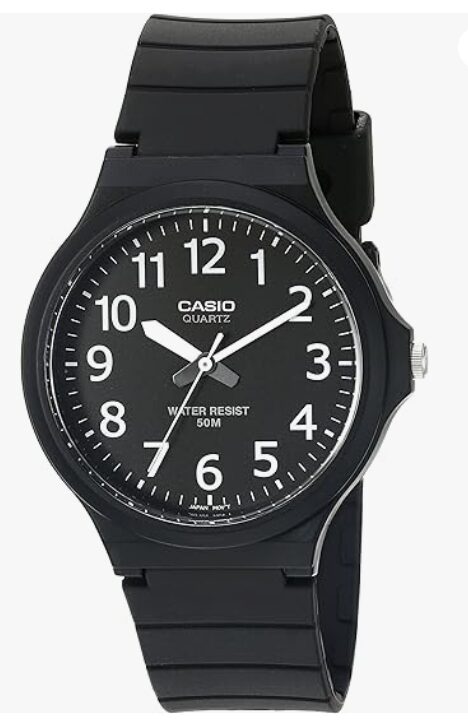
Sports
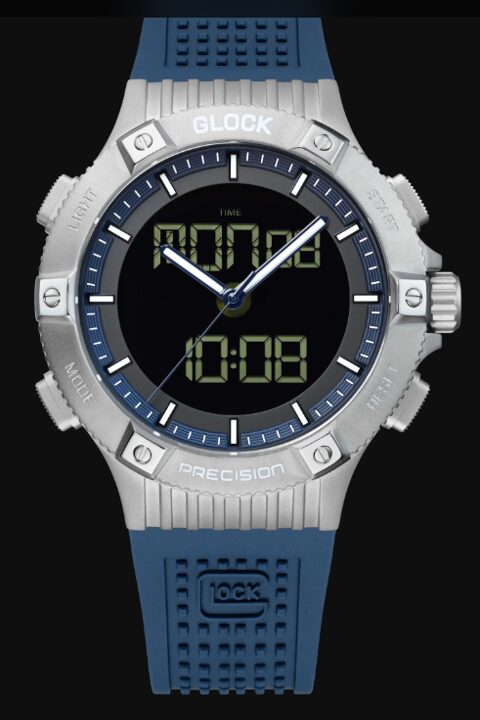
Dress
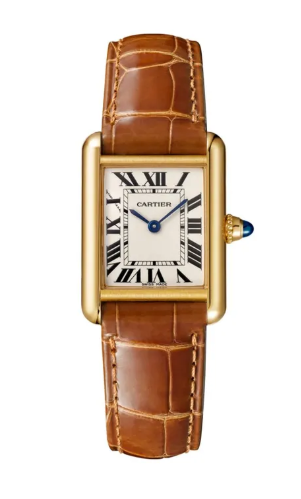
Three Watches that together cost less than $2,000
The <$2,000 group was more of a challenge primarily because I didn't want to spend $2,000 on watches I wasn't going to wear. The banger I selected was the "indestructible" Victornox which cost me $200. Victornox substantiates this claim by driving a 64-ton tank over the watch. My sport watch is the all-titanium Breitling Aerospace I bought in St. Barts in 1990 for $1,000. Talk about accuracy, this watch has not lost more than a couple of seconds a year for 30 years. My dress watch in this category is the $200 Orient, which is great looking, an excellent timekeeper, and automatic, that is, it's powered by wrist movement and needs no battery or winding.
Banger
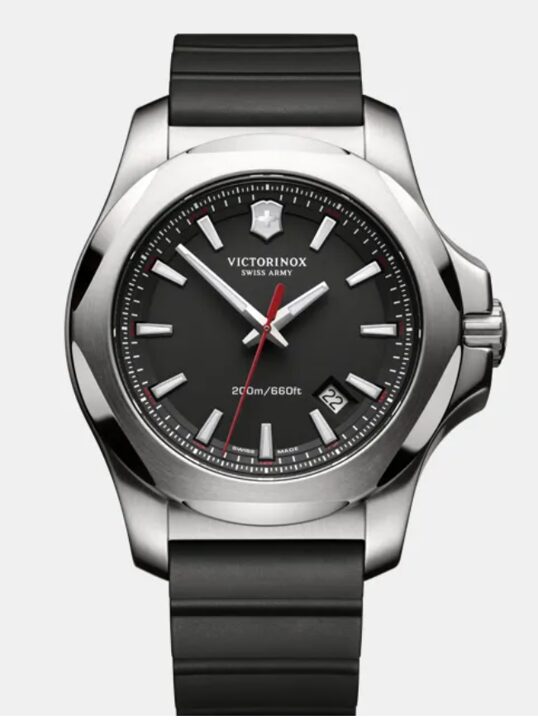
Sports
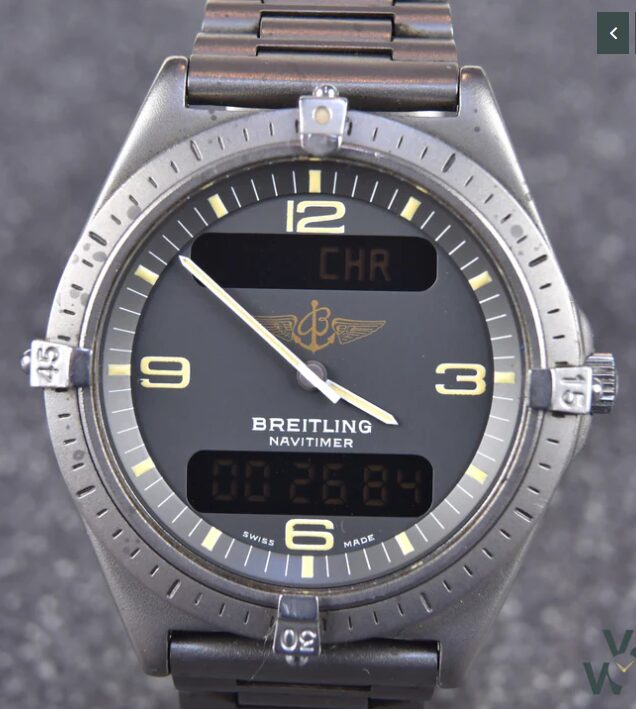
Dress
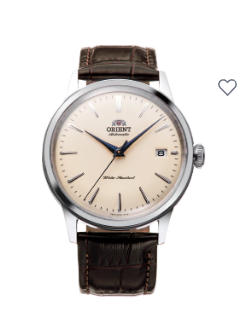
Three Watches that together cost less than $8,000
The <$8,000 group is four time more challenging than the $2,000 for the same reason--I didn't want to spend $8,000 on watches I'm not going to wear. Unfortunately, I started this group by buying the current version of the all-titanium Breitling Aerospace. Frankly, this watch is a disappointment--it's twice as big as my 1990 Brietling, it's hard to read the time with all the F-18 bling on its face, and it cost 4x more. Not a great start, but another good lesson about price versus value. (Remember, they all tell time.) I'm hoping to make up for this misstep with my next two selections, which are still to come.
Banger

Sports
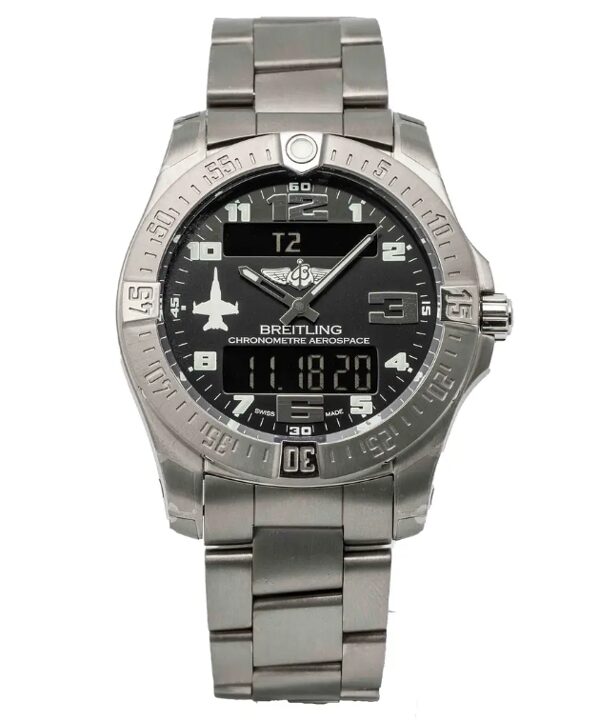
Dress
